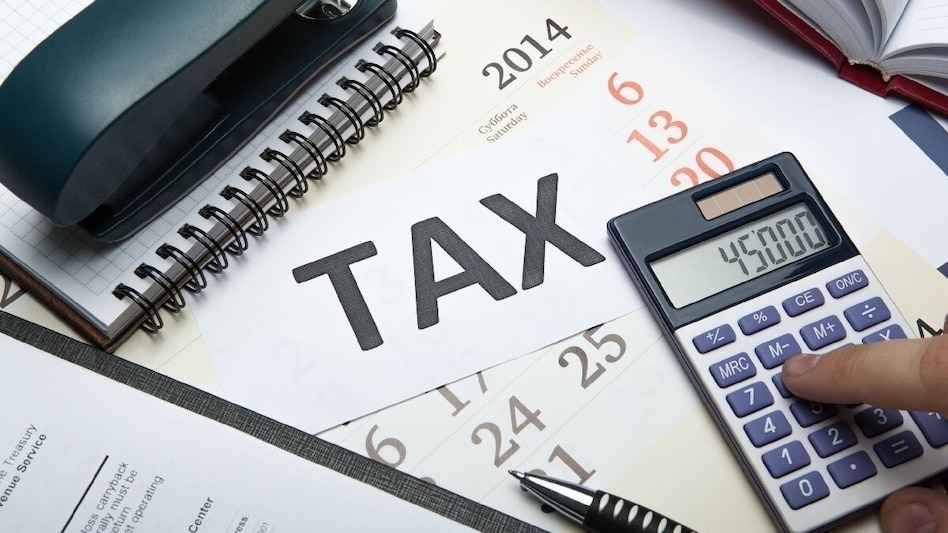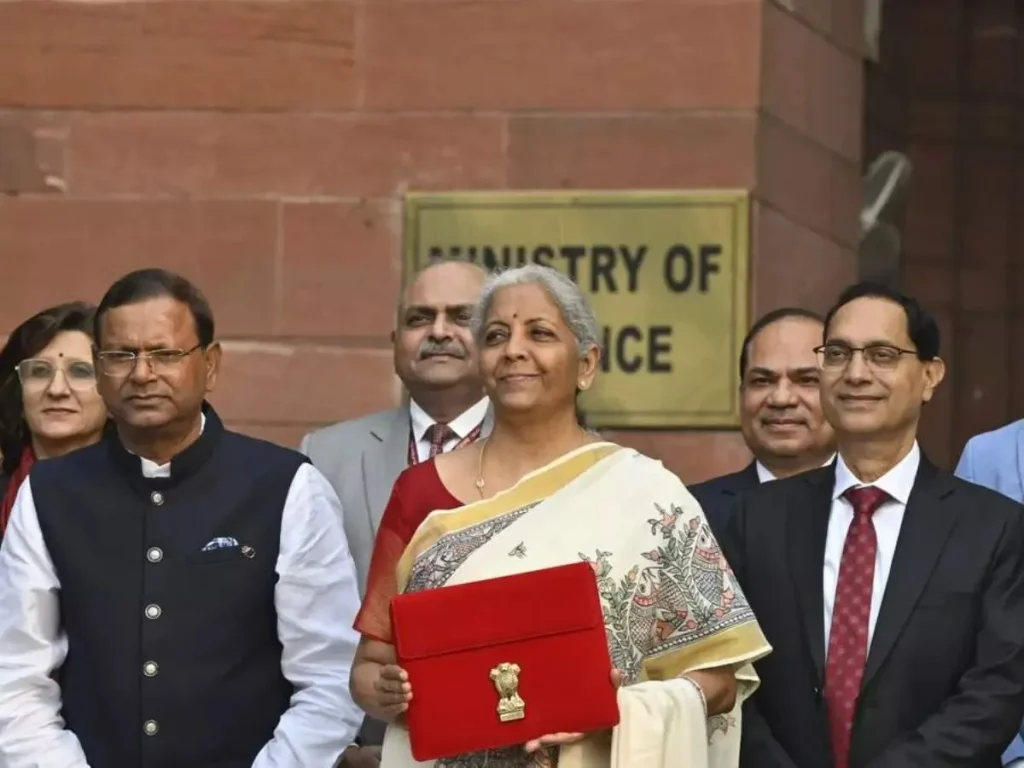Union Finance Minister Nirmala Sitharaman has made significant announcements regarding the Income Tax regime in her Union Budget 2025 speech. The biggest highlight is the introduction of a new tax structure, which provides significant relief to middle-class taxpayers and aims to boost economic growth by leaving more money in their hands. The new structure will substantially reduce taxes for the middle class, promoting increased household consumption, savings, and investments. With the general elections approaching, this reform is seen as a major move to gain the support of voters, especially in the face of mounting economic challenges.

Key Features of the Revised Income Tax Structure
One of the most noteworthy proposals in the Union Budget is the substantial reduction in income tax rates for individuals, particularly those earning up to ₹12 lakh annually. According to the new structure, individuals with an annual income of up to ₹12 lakh will be exempt from paying income tax. This will offer relief to a large section of the population, making it easier for them to manage their finances.
The tax slabs under the new regime will now be as follows:
₹0 to ₹4 lakh: Nil
₹4 lakh to ₹8 lakh: 5%
₹8 lakh to ₹12 lakh: 10%
₹12 lakh to ₹16 lakh: 15%
₹16 lakh to ₹20 lakh: 20%
₹20 lakh to ₹24 lakh: 25%
Above ₹24 lakh: 30%
These revised slabs will provide clear tax benefits, particularly for those in the middle-income bracket, who will now see their tax burden significantly reduced. The government aims to boost household consumption, savings, and investments by leaving more disposable income in the hands of taxpayers.
New Income Tax Bill
In addition to the revised tax slabs, Finance Minister Nirmala Sitharaman also announced the introduction of a new Income Tax Bill in Parliament next week. The new bill will simplify the taxation process, improve compliance, and align the tax structure with the government’s broader economic goals.

At present, taxpayers can choose between two tax systems: the old tax regime and the new tax regime. The old system offers exemptions on housing rental, insurance, and other allowances. On the other hand, the new tax system, introduced in 2020, provides lower tax rates but eliminates most exemptions.
While salaried taxpayers can opt for either regime, the new regime has been the default option for those with business or professional income from FY 2023-24. However, the proposed reforms may encourage more taxpayers to shift towards the new tax regime by making it more appealing.
Tax Calculation Made Easy
The government has introduced an online tax calculator tool on the Income Tax Department’s official website to help taxpayers easily calculate their taxes under the new regime. The steps to use this tool are simple:
Visit the e-filing homepage: Start by accessing the Income Tax Department’s e-filing portal.
Select Quick Links and Choose Tax Calculator: Navigate to the Quick Links section and click on the Tax Calculator option.
Choose between Basic and Advanced Calculator: On the Tax Calculator page, two options are provided – Basic Calculator (default) and Advanced Calculator.
Enter Taxpayer Information: In the Basic Calculator, taxpayers need to input details such as the Assessment Year, taxpayer category, age, residential status, total annual income, and total deductions. The tax summary will be displayed based on these details.
Advanced Calculator: For a more detailed breakdown, taxpayers can use the Advanced Calculator, which also requires additional information, including the preferred tax regime, due dates, and actual return submission dates.
This tool simplifies the tax filing process and ensures that taxpayers can easily calculate their dues and claim eligible exemptions.
The Impact on Middle-Class Taxpayers
The most significant benefit of these tax changes will be for middle-class taxpayers. With the new tax slabs, a larger section of the population will be able to save more money. The finance minister emphasized that these changes will stimulate growth by encouraging consumer spending and investment, thus contributing to economic recovery in the post-pandemic era.

For taxpayers earning between ₹4 lakh and ₹12 lakh annually, the tax burden will be much lighter under the new regime, and many will now fall into lower tax brackets. The change is also expected to give a much-needed boost to household savings, which can be reinvested into the economy, promoting further growth
